Experrto Onboarding:
A tool to help users and increase income


Onboarding is a vital stage in working with any product.
For the user, this is one of the first points of contact, and for you — a chance to make a good impression, establish contact and show how your product solves the user's problems so that he comes back to you again and again. Onboarding not only helps to understand the functions of the product, but also determines its voice and sets the perception of interaction with it. Therefore solutions with well-thought-out onboarding based on experimental data work better and last longer.
One of the main roles in this process is communication with the user. Why? The more complex the technology, the more important it is to facilitate its assimilation, and this requires two-way communication and feedback. Feedback in the process of onboarding reduces “friction” and guides users in the right direction. User feedback and analysis of interactions help improve the adaptation process and find out what works and what doesn't. The benefits of two-way communication with users are greater activity, engagement and retention.
How to benefit from feedback and improve onboarding?
Register and create onboarding
and tips for your site
Tips
Do you want to prompt the user every step, explain each button and screen? Or prefer to let him research the product himself? Of course, this depends on the particular case, but usually the truth is somewhere in between. Help the user complete their task, whether by sending an email or finding out an
unfamiliar song, as soon as possible, but don’t be intrusive.
Onboarding as an adaptation of visitors is one of the most effective conversion optimization strategies,
which means more leads, more sales!
Let's look at some good examples of tips in the onboarding process.
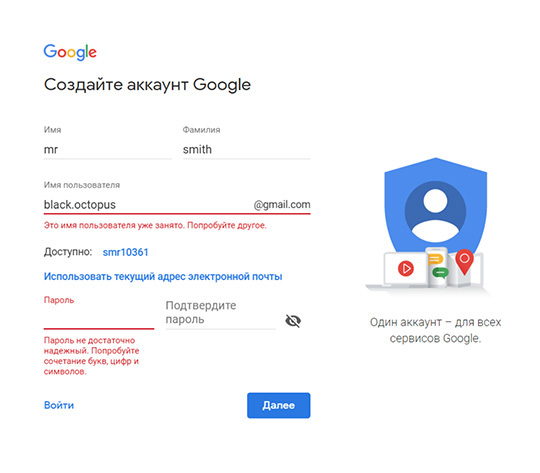
Gmail onboarding is extremely simple. During registration, fields like first and last names do not require explanation, and where they are needed, the necessary context is provided. For a new user unfamiliar with the rules for creating a password, they are displayed unobtrusively.
After registering, the user continues to see small tips that guide him and help to understand the functionality of the mail client.
Duolingo

On mobile devices, the small screen size requires even more subtle tips and training. A good example in this sense is Duolingo.
Duolingo helps users without getting under their feet, and this is perhaps the best approach to onboarding. Tips do not advertise the functionality of the platform, but focus on the user.
In both cases, onboarding is short, simple and clear. These are good practices, but in more complex applications, tooltips are no longer enough.
To optimize onboarding for a wider user base with a variety of goals, an interactive guide is suitable. It is more useful than generalized tips and attempts to guess the context, and the user, having received the necessary information, can explore the application on his own.
Register and create onboarding
and tips for your site
User feedback is equally important. Qualitative and quantitative aspects of user interaction are dynamic, and they can be optimized, especially when a product develops and there are more customer images.
It’s good practice for stakeholders within the organization to analyze onboarding and write reviews about it. They can mark and comment on areas that need improvement before the product is offered to users.
Here are three aspects to optimizing your user experience that you can improve by using feedback.
What is the purpose of your users?
Understanding user expectations and their pain points is the first and main task in developing onboarding. When a wide audience begins to use the product, the range of expectations also expands, and it is important to determine what exactly the user should see in the first place in order to understand the value of the product.
You will be amazed at how user thinking differs from developer thinking. A variety of opinions helps determine the different goals that can be achieved by improving onboarding.
Remember the evolution of Uber. At first they offered premium cars in the metropolitan area for one passenger, but today the company works in densely populated areas of different cities and countries, transporting millions of people, and even launched a food delivery service. The experience of such a large company is not close to everyone, but it shows how different the goals of users can be even within the framework of such a homogeneous service as a taxi.
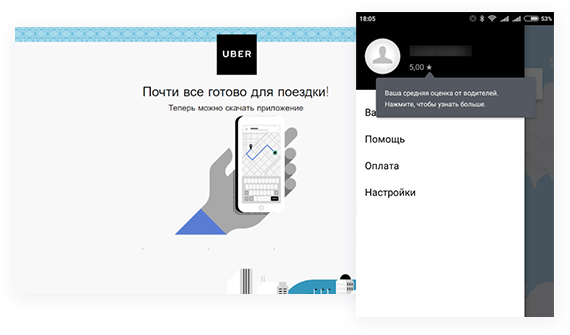
The easiest way to get feedback and find out what goals users are trying to achieve is to conduct interviews and polls.
How fast does the user reach the goal?
The steps that the user must take after visiting your landing page and before reaching the goal are friction in the process of onboarding. Some friction is inevitable, but you need to optimize both the subscription page and the great product manuals. Interactive guides are also helpful here.
Depending on the complexity of the product, there can be one or several steps, and you should study heat maps, records of user sessions and user tests to find out how easy it is for people to achieve their goals.
Here, tracking is very useful: it allows you to understand how effective the visual hierarchy, information architecture and navigation of your site or application are.
How to optimize goal achievement?
A great way to optimize different aspects of onboarding, like the entire marketing funnel, is split tests. You need to put forward and test hypotheses, confirm or refute ideas.
For example, the location of the CTA button is one of the most common test items. In the process of onboarding, it is worth testing the optimal location of tips for functions, the time of their appearance, and so on.
A useful technique that increases involvement in the onboarding process is “gamification”. Rewards for completed tasks, scoring, ratings and achievements - all this affects the behavior of users. In real life, this is what banks reward customers for achieving a certain credit card limit, and airlines grant miles to regular customers.
Feedback is vital to improving onboarding and the product as a whole. To show - in a visual way - how to use your site, Experrto will help you.
Step 1.
Install extension
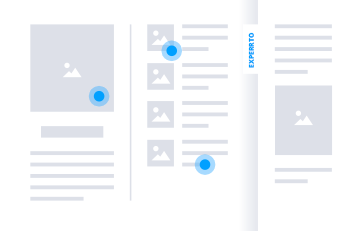

Download the extension for Google Chrome. This will allow you to work with your own website without any knowledge of programming, layout, design.
Step 2.
Customize design
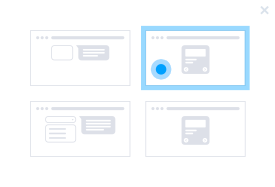


Select the type of visual cue from the gallery of ready-made templates. Customize your design, content and segmentation with a simple editor ... and launch your onboarding.
Step 3.
Analyze the result
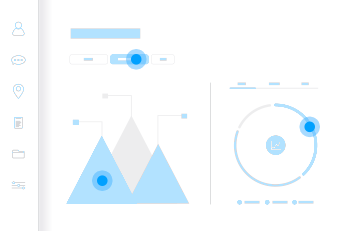
Learn how users work with your visual interactive hints on the site, optimize and test different types of hints with advanced analytics. Influence KPI indicators.
Register and create onboarding
and tips for your site
to increase user retention.
Experrto guides visitors by showing them how to use your application, product or website, without requiring you to have additional programming or web design knowledge.
Register and create onboarding
and tips for your site

